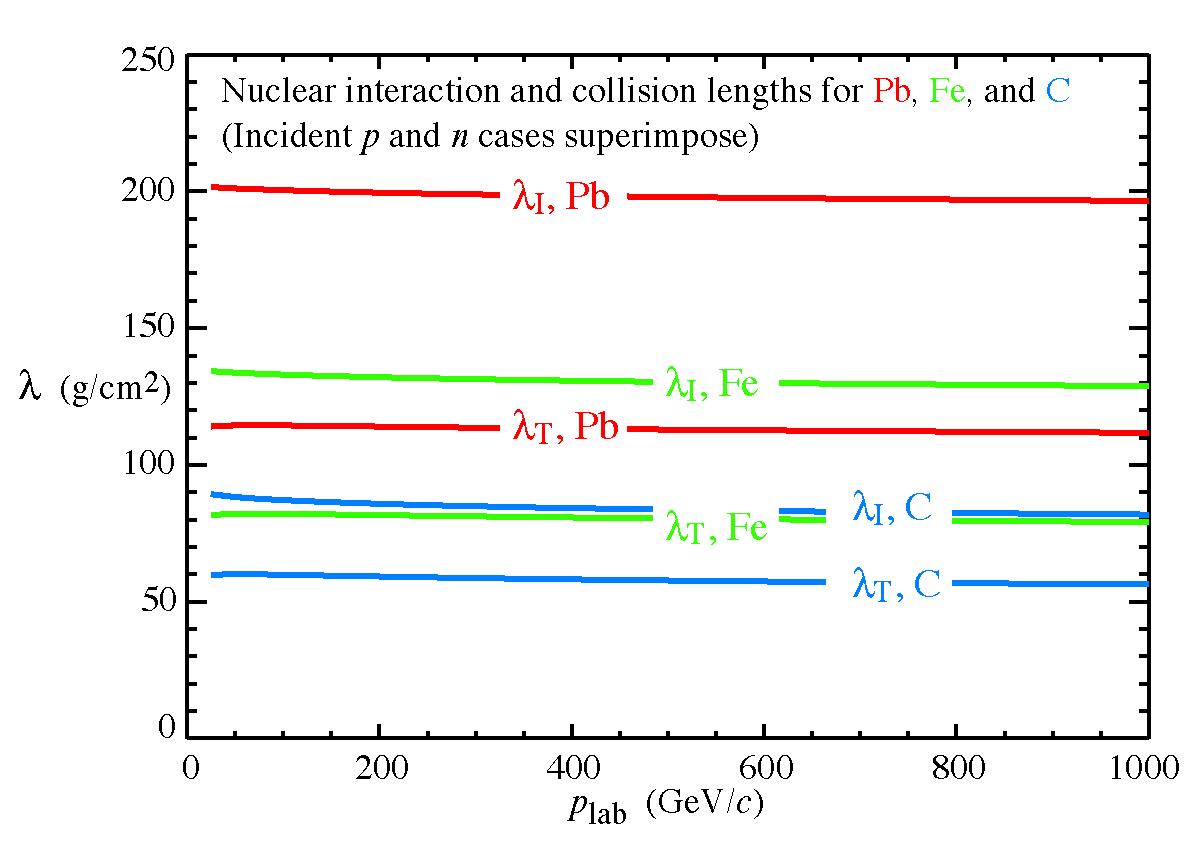-
Atomic masses for the stable elements and for Th, Pa, and U
are taken from
M.E. Wieser, et al.,
Atomic weights of the elements
2011 (IUPAC Technical Report),
Pure Appl. Chem. 85, 1047 (2013),
with minor updates from
iupac.org/news/news-detail/article/standard-atomic-weights-revised-v2.html
and are relative to the mass of 12C, defined to to be exactly 12 unified
atomic mass units (approx. g/mole). The atomic mass is weighted by
isotopic abundances in the Earth's surface. Relative isotopic abundances
often vary considerably; this is reflected in the number of significant figures
given. The number in parentheses is the 6 sigma error in last place.
For radioactive elements the atomic mass of the most
stable known isotope is given (as of Aug 2015).
Atomic masses of unstable isotopes are from
M. Wang, et al. "The AME2012 atomic mass evaluation (II),"
Chin. Phys. C 36, 1603 (2012).
NIST standard atomic weights and atomic weights for isotopes can be found at physics.nist.gov/cgi-bin/Compositions/stand_alone.pl
- Rossi's definition of critical energy is used: It is the energy at which the (negative) electron ionization per radiation length is equal to the electron energy. This is said to give a Moliere radius more in agreement with experiment than ionization loss rate = radiative loss rate.
- In contrast, the muon critical energy is the energy at which ionization and radiative loss rates are equal.
- For most of the elements, effective ionization energies and density effect parameters are from early papers by Sternheimer, Selter and Berger, notably S. M Seltzer & M. J. Berger, Int. J. Appl. Radiat. Isot. 33, 1189 (1982). Many of the values are interpolated from a limited number of measurements. Their extrapolation from U to Fm is nearly linear in Ieff / Z, whose estimated error increases to 9% at Fm. This straight line has been extended to guess at Ieff for the superheavy elements beyond Fm, from which the other density effect coefficients can be calculated (R. M. Sternheimer & R. F. Peierls, Phys. Rev. B 3, 3681 (1971)).
- The data file used to generate these tables can include properties such as boiling and melting points in a fairly open-ended way. For examples see the elemental gases and many metals such as Fe. Inserting the numbers by hand is fairly laborious. More will be added when volunteers appear.
- Index of refraction is evaluated at the sodium D line (blend of 589.0 nm and 589.6 nm; weighted average 589.2 nm).
Revised 2021 September 06 by DEG
